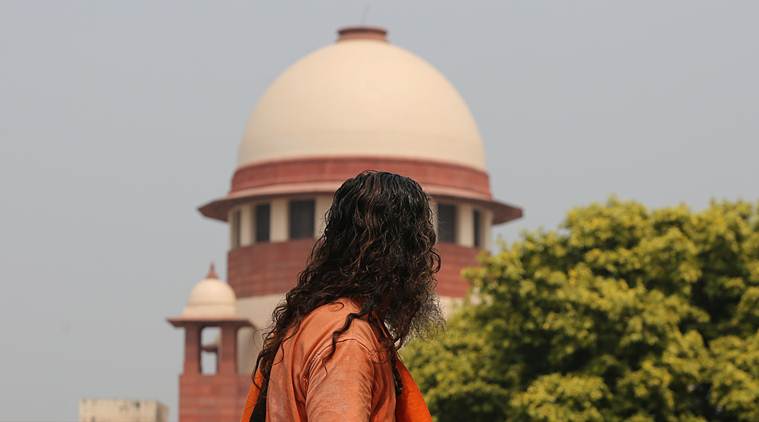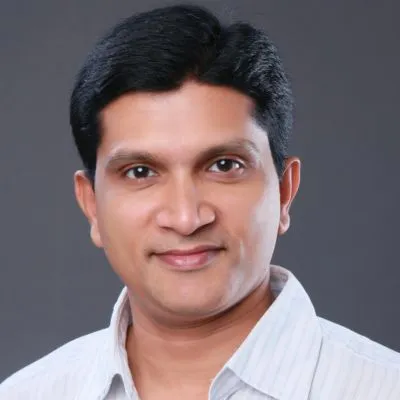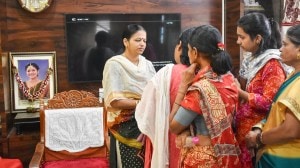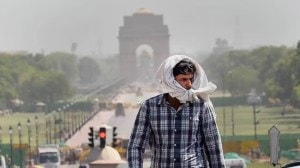- India
- International
Ayodhya hearing: ‘Lime-surkhi used in India much before Islamic era’
Appearing for the Akhara, Senior Advocate Sushil Kumar Jain said the Akhara was in continuous possession of the disputed land till it was attached by the local magistrate.
 Appearing for the deity, Senior Advocate C S Vaidyanathan told a bench headed by Chief Justice of India Ranjan Gogoi that it was “wrong” to say that lime-surkhi made its appearance in India from the Islamic period.
Appearing for the deity, Senior Advocate C S Vaidyanathan told a bench headed by Chief Justice of India Ranjan Gogoi that it was “wrong” to say that lime-surkhi made its appearance in India from the Islamic period.
Lime-surkhi mixture as a building material was used “continuously” in India much before the arrival of Muslims, the counsel for Ramlalla Virajman told the Supreme Court on Thursday. He was opposing claims by the Muslim side that its use started in the Islamic era and its presence on a 50 m wall discovered by Archaeological Survey of India (ASI) in Ayodhya was proof that it was an Islamic structure.
Nirmohi Akhara, meanwhile, alleged that the Ramlalla’s suit instituted in 1989 was for “political reasons”.
Appearing for the deity, Senior Advocate C S Vaidyanathan told a bench headed by Chief Justice of India Ranjan Gogoi that it was “wrong” to say that lime-surkhi made its appearance in India from the Islamic period.
It was used in Gangetic plain from the 2nd century BC as shown by excavations in Kaushambi, he said, citing experts. He said some experts had suggested that Surkhi is “purely indigenous and was not brought in India from Central Asia”.
The bench, also comprising Justices S A Bobde, D Y Chandrachud, Ashok Bhushan and S Abdul Nazeer, is hearing appeals against the 2010 verdict of Allahabad High Court which ordered a three-way division of the disputed area.

He also rejected claims that pillar bases found by ASI were at different floors and said it was a “complete misreading” of the report. Of the 50 pillar bases unearthed, 46 belong to fourth floor and the rest to third floor, he pointed out.
Justice Chandrachud referred to the report finding similarities between an octagonal stone block used over the pillar bases and one used in Sarnath and asked if there was any evidence to show that what was unearthed was not part of a Buddha Vihara.
Vaidyanathan said Hindus have for centuries held the place as Ram’s birthplace. It was not any place of significance for Buddhists, he said, adding that it was possible to draw a reasonable inference that it could not have been a vihara.
“Faith is one thing, but now we are in the area of evidence,” Justice Chandrachud said.
Vaidyanathan said the temple at Sarnath was constructed by the queen of Garhwal Dynasty during the same time when the temple at Ayodhya was renovated by the king of Garhwal Dynasty. He said he will submit a detailed note to answer the query.
He also opposed Sunni Central Wakf Board’s contention that travelogues and gazetteers recording the faith and belief with regard to the Ram’s birthplace are hearsay.
The submission was “untenable”, he said, adding that it was also “reflective of the deep rooted prejudice of the Western historians and rejection of the oral tradition in the Orient. The recording of the history in India, unlike in Europe, is not one of recording dates and events, it is more in respect of culture, practices etc.”
He said the significance of oral history cannot be ruled out and added that even the Quran and Hadith were transmitted orally and then recorded.
Appearing for one of the Hindu parties, Senior Counsel P S Narasimha submitted that the 8th century Skandamahapuran refers to the place of birth of Ram and “and provides the proof of the faith that is instilled in the heart of Hindus that visit (Tirthyatra/pilgrimage) to this place is of extreme merit which, for Hindus, is nothing but Moksha”.
Appearing for the Akhara, Senior Advocate Sushil Kumar Jain said the Akhara was in continuous possession of the disputed land till it was attached by the local magistrate.
Apr 26: Latest News
- 01
- 02
- 03
- 04
- 05









































